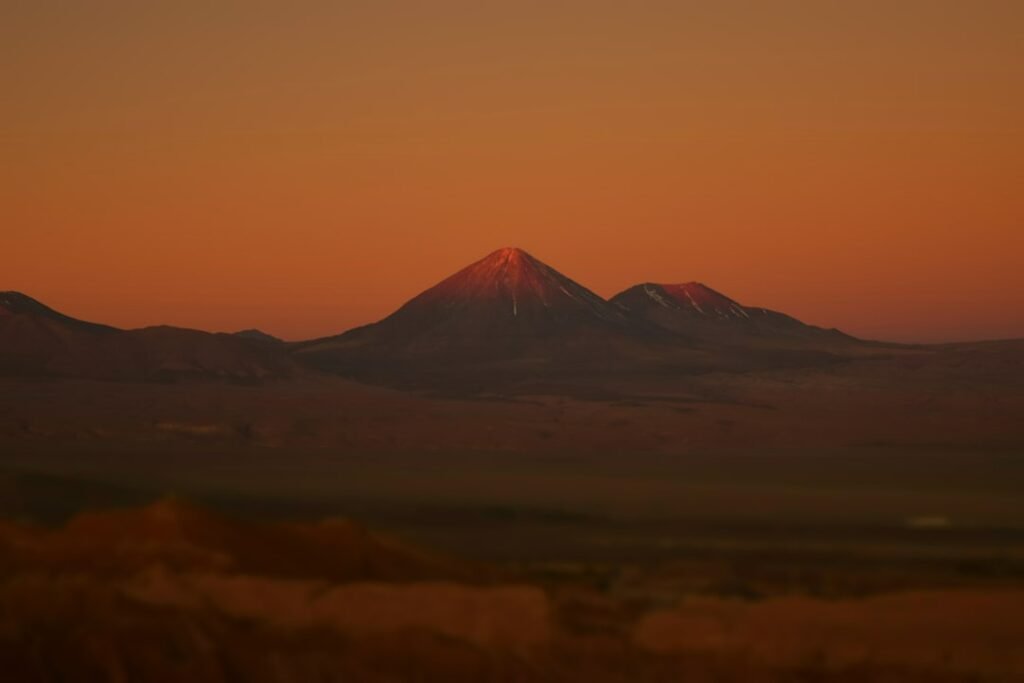Have you ever wondered how much water Earth truly holds? While the vast oceans, seas, and rivers are the most visible reservoirs, the real surprise lies beneath our feet. Imagine a hidden ocean, not in the form of liquid but trapped within the very rocks that form the Earth’s mantle. This intriguing possibility challenges our understanding of the planet’s water cycle and raises fascinating questions about Earth’s geological history.
The Hidden Ocean Beneath Our Feet
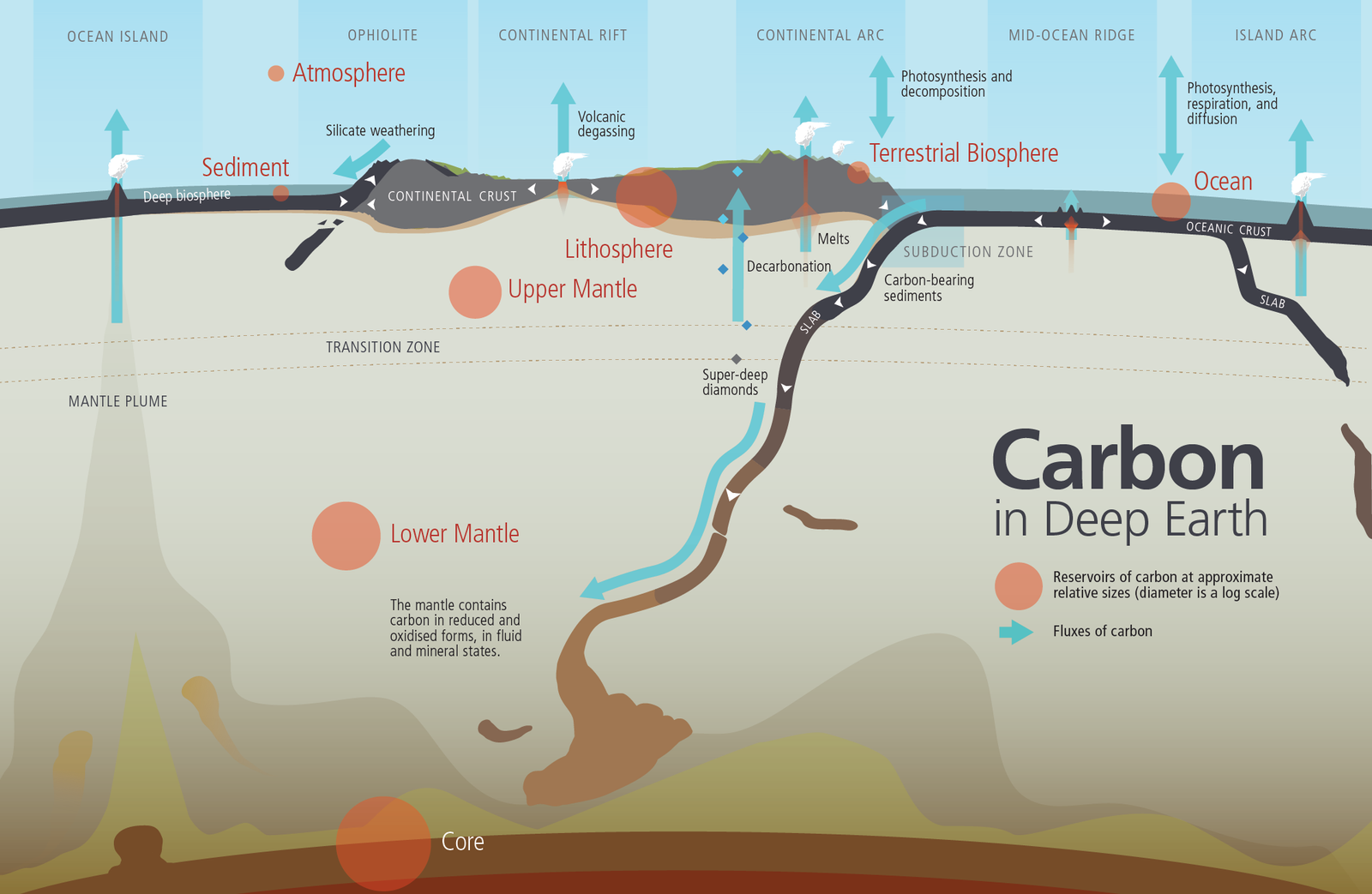
The Earth’s mantle, a vast layer of rock between the crust and the core, may contain more water than all the surface oceans combined. This water isn’t what you would expect; it’s not in liquid form. Instead, it’s locked away within the minerals of the mantle, much like a sponge holding water. Scientists have discovered that minerals such as ringwoodite can store significant amounts of water within their crystal structures. This revelation suggests that the mantle could be a massive reservoir, holding water that has been there for billions of years.
How Scientists Discovered Water in the Mantle

The discovery of water in the mantle was no small feat. Researchers used a combination of seismic studies and laboratory experiments to uncover this hidden resource. By analyzing the speed and behavior of seismic waves as they travel through the Earth, scientists can infer the presence of water. In the lab, they simulate the high-pressure conditions of the mantle to study how minerals like ringwoodite can trap water. These groundbreaking techniques have opened up a new frontier in our understanding of Earth’s geology.
The Role of Ringwoodite
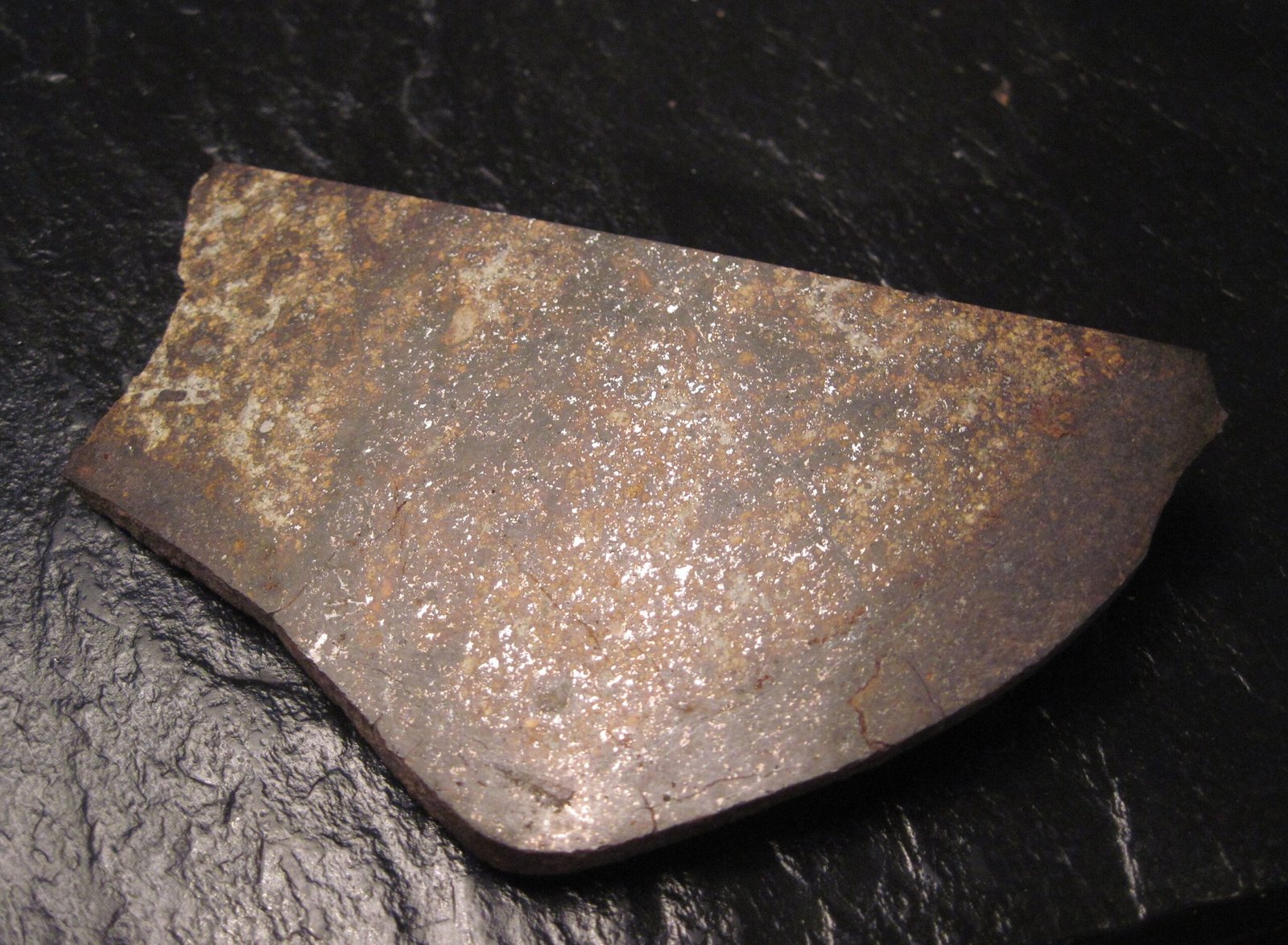
Ringwoodite, a high-pressure form of the mineral olivine, is a key player in the story of water in the mantle. This mineral is capable of holding water within its structure, and its presence in the mantle suggests that water is more abundant than previously thought. The discovery of ringwoodite samples containing water in volcanic eruptions is a testament to this. These samples provide direct evidence that supports the theory of a water-rich mantle, reshaping our understanding of Earth’s inner workings.
The Implications for Earth’s Water Cycle
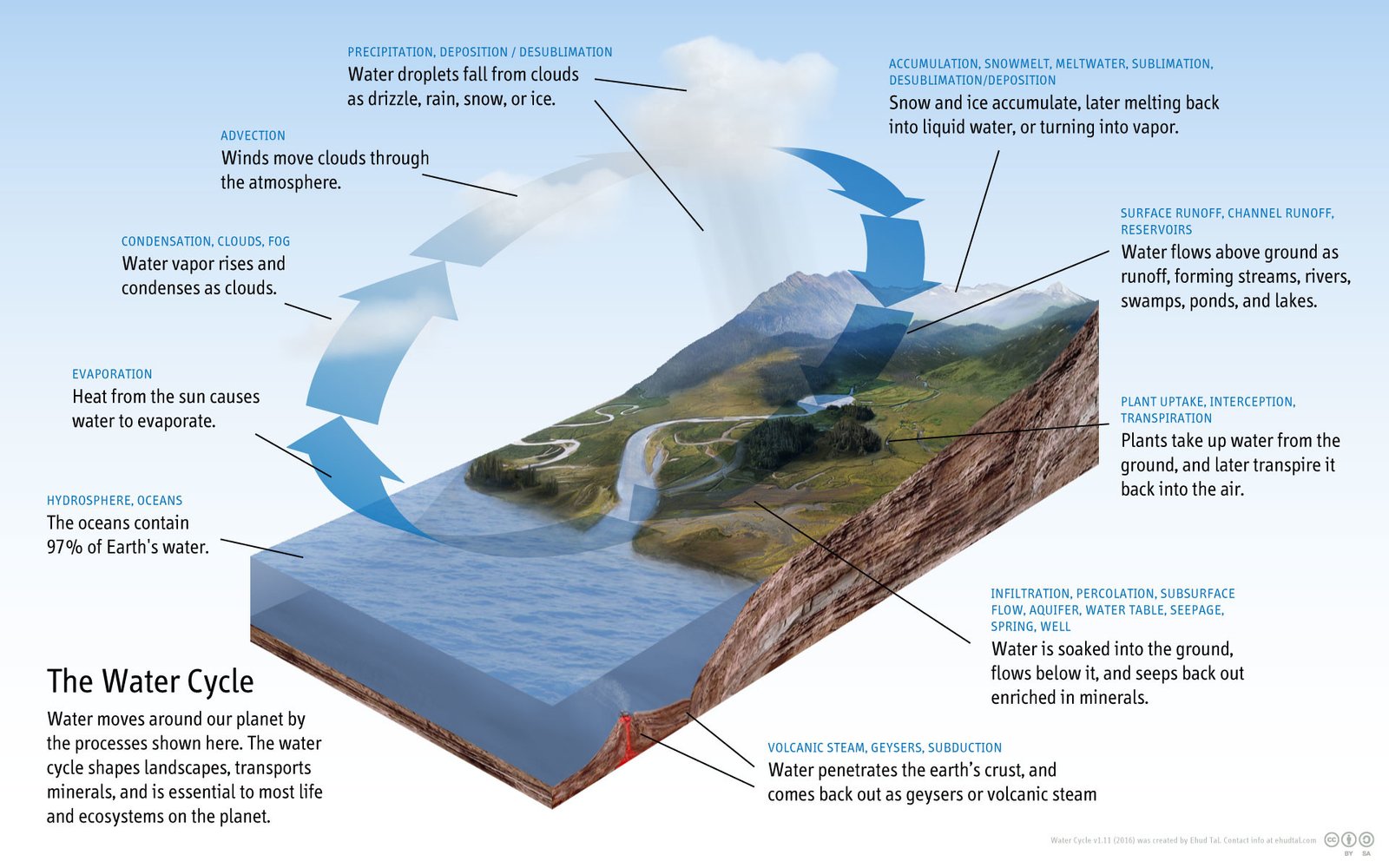
The existence of water in the mantle has profound implications for the Earth’s water cycle. Traditionally, we think of the water cycle as a surface phenomenon involving evaporation, precipitation, and runoff. However, the mantle’s hidden water reservoir suggests a more complex cycle that involves the deep Earth. Water stored in the mantle could be slowly released through volcanic activity, contributing to the surface water over geological timescales. This adds a new dimension to our understanding of how water moves and is stored on Earth.
What This Means for Plate Tectonics

Water in the mantle also plays a crucial role in plate tectonics, the movement of Earth’s lithospheric plates. Water acts as a lubricant, facilitating the movement of plates and influencing their interactions. This hidden water could affect subduction zones, where one plate is forced beneath another, leading to volcanic activity and earthquakes. Understanding the distribution and behavior of water in the mantle could enhance our knowledge of these processes, potentially improving our ability to predict geological events.
The Mantle’s Water and Earth’s Evolution

The presence of water in the mantle also has implications for Earth’s evolutionary history. Water is essential for life, and its availability on the surface has been a key factor in the development of life on Earth. If the mantle has been a significant reservoir of water throughout Earth’s history, it could have influenced the planet’s climate, geological activity, and even the emergence of life. This perspective invites us to rethink the role of the deep Earth in shaping the planet’s surface environment.
Exploring the Mantle: Challenges and Opportunities
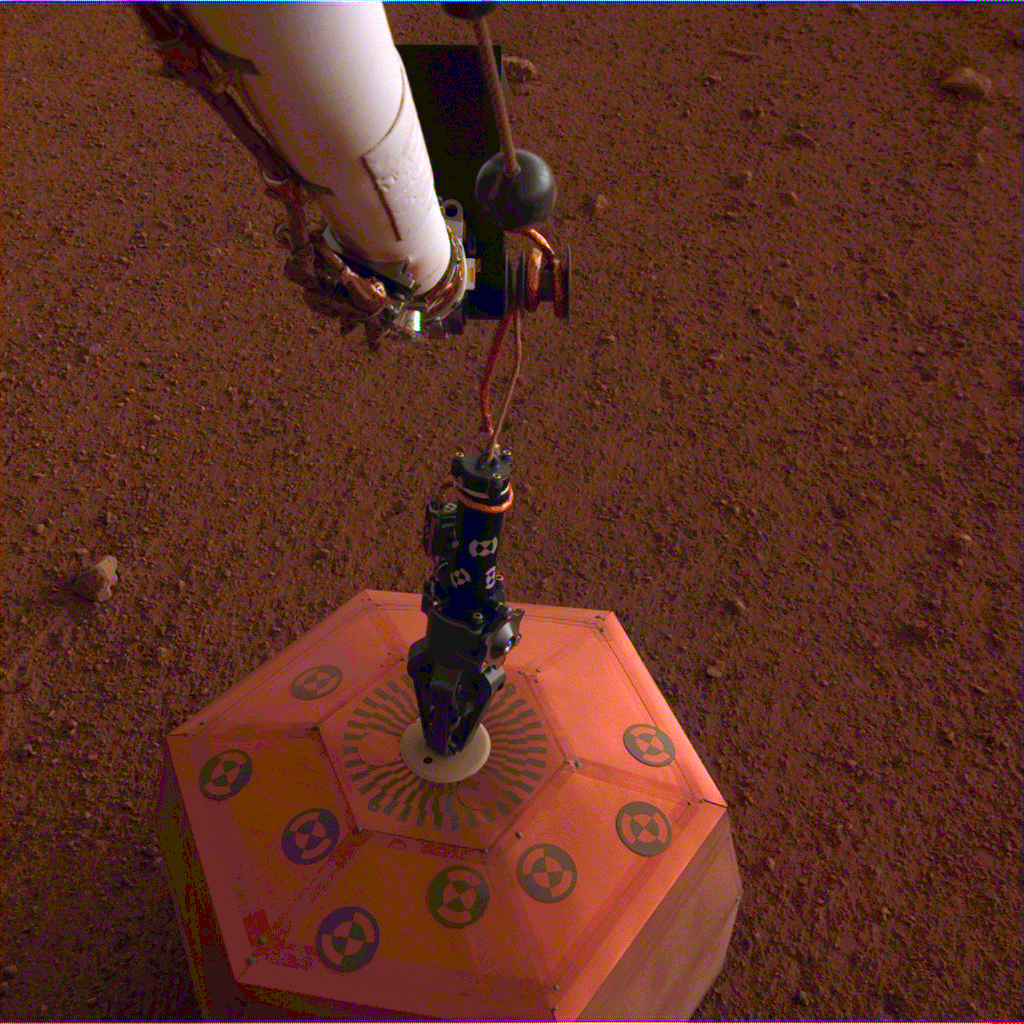
Studying the mantle is not without its challenges. The extreme conditions of high pressure and temperature make direct exploration difficult. However, advances in technology and scientific methods offer new opportunities to probe this mysterious layer. Seismic tomography, high-pressure experiments, and computer simulations are among the tools that scientists use to explore the mantle’s secrets. These efforts are crucial for unlocking the mysteries of the hidden water and understanding its role in Earth’s systems.
Comparisons with Other Celestial Bodies
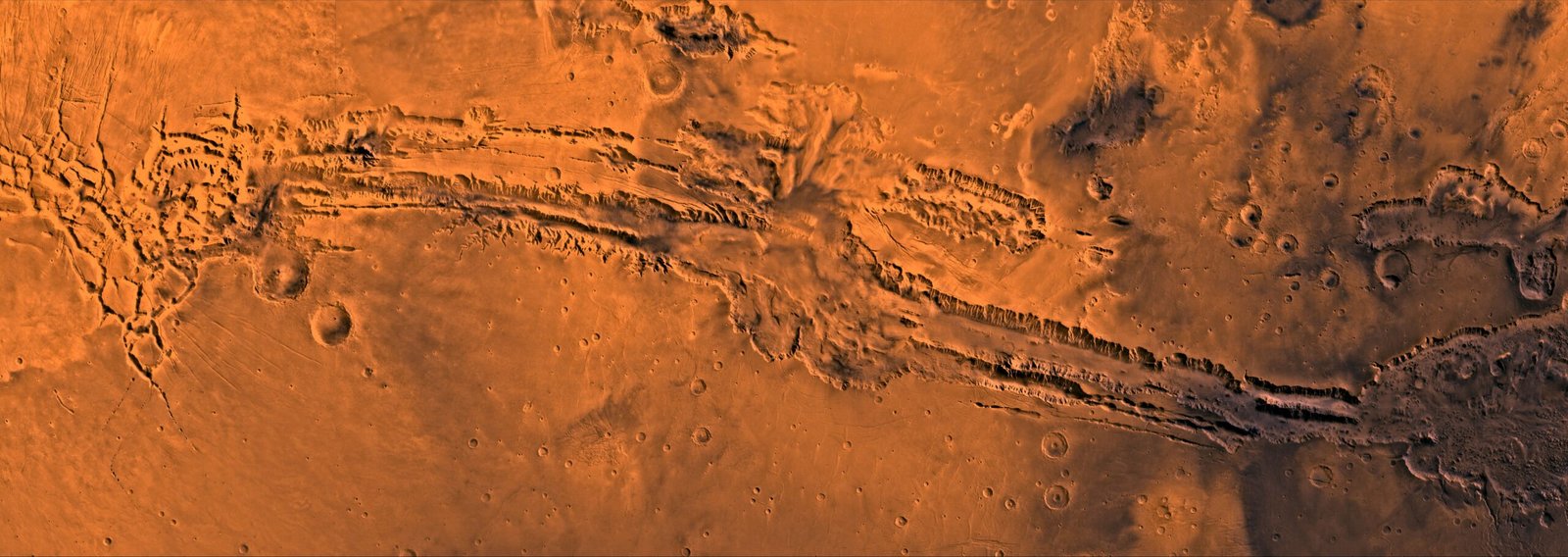
The concept of water-rich mantles isn’t limited to Earth. Scientists speculate that other celestial bodies, such as Mars and some of Jupiter’s moons, may have similar structures. Understanding Earth’s mantle water could provide insights into these distant worlds. If water is indeed common in planetary mantles, it could have implications for the search for extraterrestrial life and our understanding of planetary formation in the universe.
The Future of Mantle Research
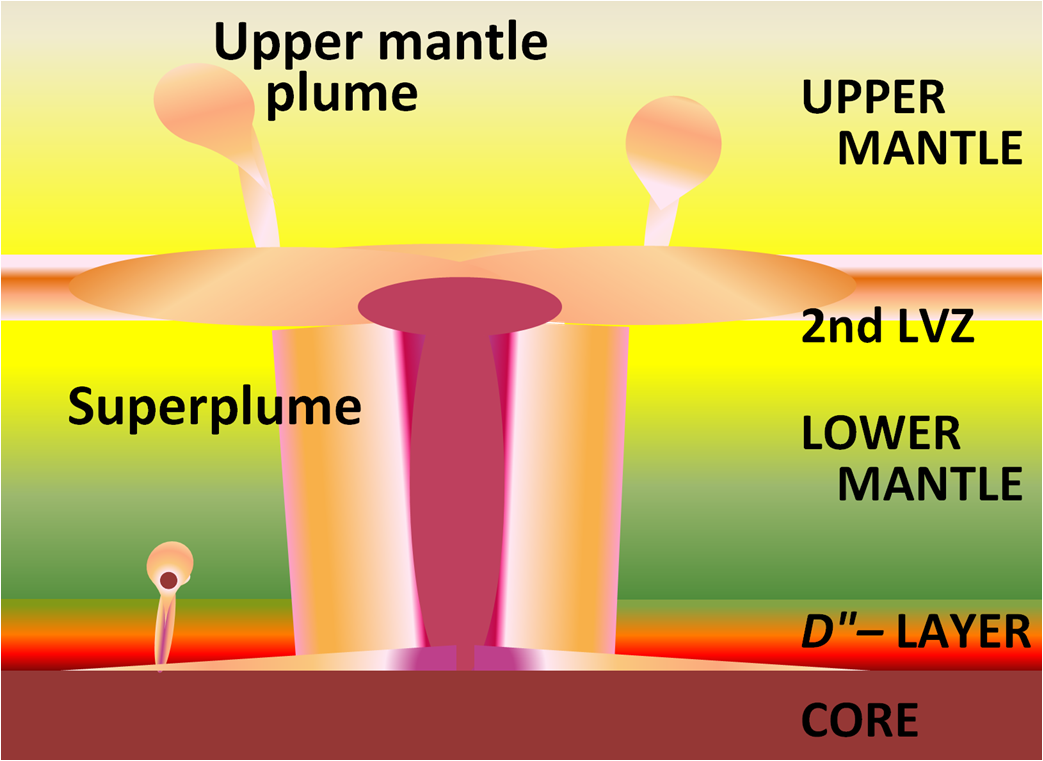
As we continue to explore the mantle, new discoveries are likely to reshape our understanding of Earth’s interior. The study of water in the mantle is still in its infancy, and there is much to learn about its distribution, behavior, and impact on the planet. Future research will focus on refining our models of the Earth’s interior and exploring the connections between the deep Earth and surface processes. This journey promises to reveal new insights into the dynamic nature of our planet.
Reflecting on Earth’s Hidden Water

The idea that Earth’s mantle may contain more water than all the oceans is a humbling reminder of how much we still have to learn about our planet. It challenges our assumptions and invites us to look deeper, both literally and figuratively. As we uncover the secrets of the mantle, we gain a greater appreciation for the complexity and interconnectedness of Earth’s systems. What other hidden wonders might the Earth hold?



